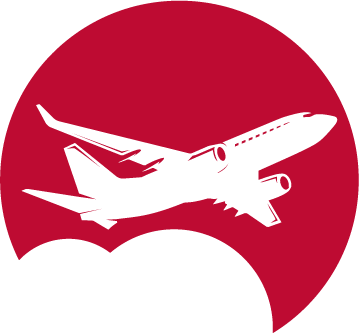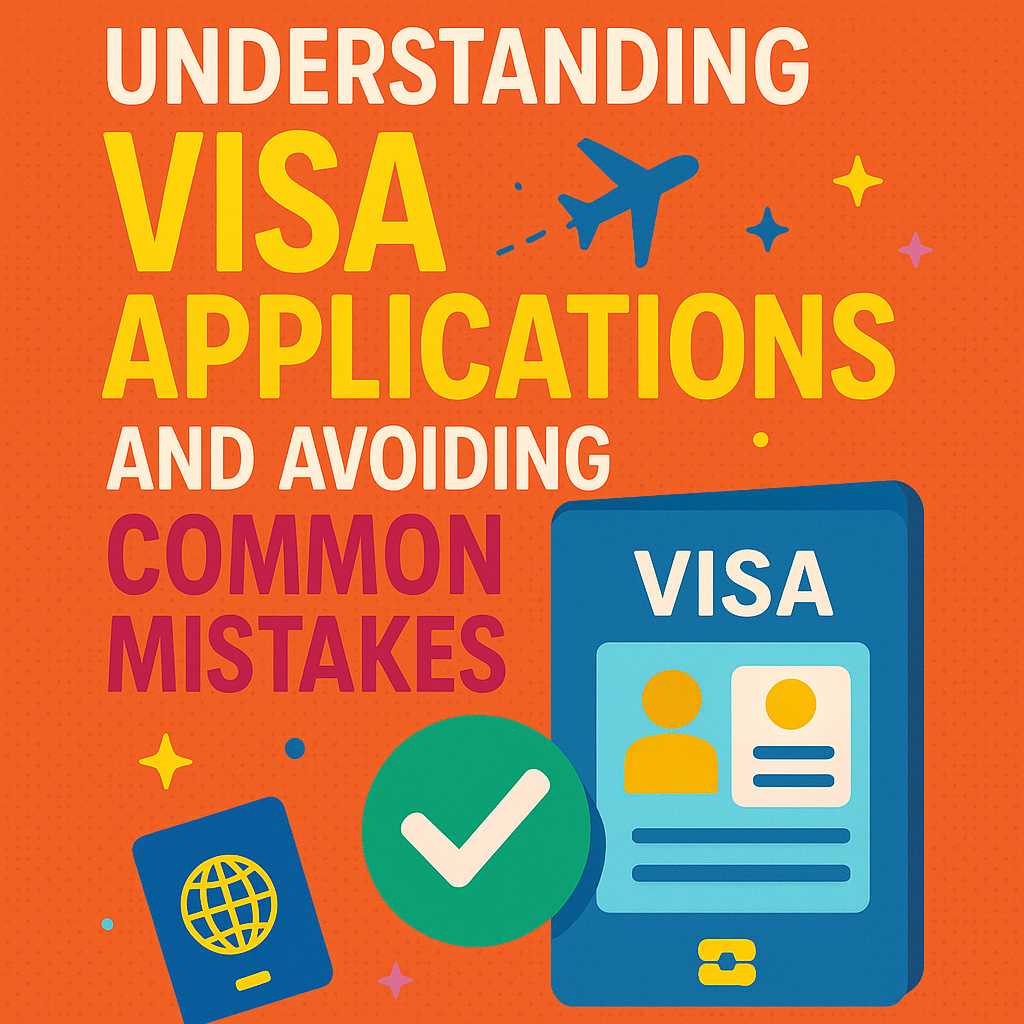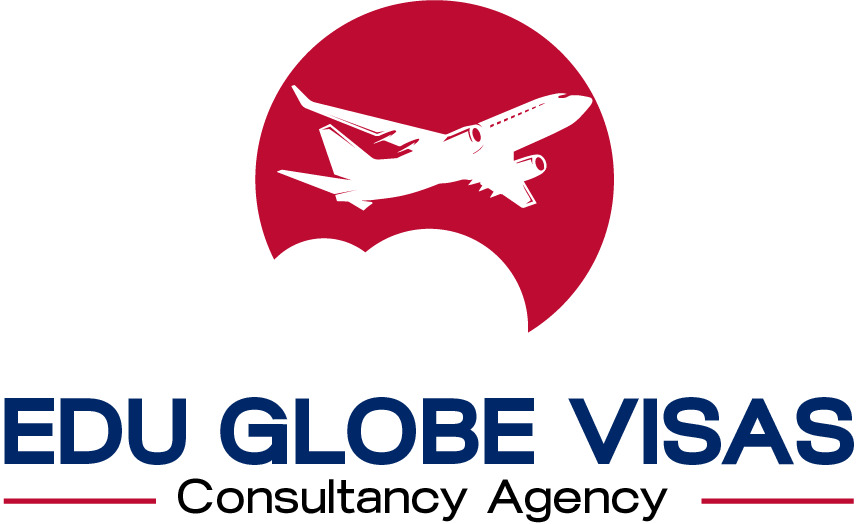What is a Visa Application and the Visa Process?
A visa application is a formal request you make to a country’s embassy or immigration
department, asking for permission to enter or stay in that country for a specific purpose—
like studying, working, visiting, or living permanently.
The Basic Visa Process Includes:
- Choosing the Right Visa Type (study, work, visit, PR, etc.)
- Checking Eligibility Requirements
- Filling Out the Visa Form
- Gathering Required Documents (like passport, photos, financial proof, invitation letter,
etc.) - Paying the Visa Fee
- Submitting the Application (online or at the embassy)
- Attending an Interview (if required)
- Waiting for a Decision
It sounds simple, but in real life, it’s not always that easy.
Why Do Common People Make Mistakes in Visa Applications?
Most people aren’t immigration experts. They’ve never dealt with such detailed paperwork
before. Here’s why mistakes happen so often: - The Process is Complicated
Every country has its own rules. Each visa type has different requirements. Understanding
what to do, what not to do, and how to present your case properly is hard without
experience. - The Language is Difficult
Visa forms and official instructions are often in legal or complex English. Many people don’t
fully understand what’s being asked—and guess or leave things blank. - Confusion About Documents
People often don’t know which documents are truly required, or what format they should
be in (originals, notarized, scanned, translated, etc.). - Fear and Pressure
Some people are in a hurry or under family pressure to “just apply quickly.” In this rush,
they skip important steps or submit half-prepared applications. - Lack of Guidance
Not everyone has access to trusted consultants or professionals. They rely on friends,
relatives, or social media—which may give incorrect or outdated advice.
Why Most People Can’t Handle This Alone
Immigration laws are not made for the average person to fully understand on their own.
Here’s why doing it alone is risky: – Each case is different. What worked for your cousin may not work for you. – One small mistake can cause rejection. A wrong date, document, or unclear explanation
can lead to failure. – Rules change often. What was true last year may not apply now. – Visa officers expect clear and well-organized applications. If your file looks careless or
confusing, it may be rejected even if you qualify.
Top 10 Common Mistakes to Avoid in Visa Applications
Here are the top 10 mistakes people often make—and how you can avoid them. - Incomplete or Incorrect Forms
Many visa applications get delayed or rejected because the form is not filled out properly.
Leaving blanks, giving wrong details, or skipping sections can all lead to problems.
Tip: Always double-check your application. - Missing Documents
Each visa type has a specific list of required documents. If even one is missing, your
application can be denied.
Tip: Follow the official document checklist and stay organized. - Fake or Unverified Documents
Providing fake bank statements, job letters, or educational records can get you permanently
banned.
Tip: Always use genuine and verified documents. - Wrong Visa Category
Applying for the wrong type of visa is a common mistake.
Tip: Understand the purpose of your visit clearly and choose the correct visa category. - Weak Financial Proof
If you fail to show that you can afford your stay, your visa might be refused.
Tip: Ensure financial documents clearly show you can support yourself. - Poor Travel History
Having many visa rejections or overstaying in other countries can raise red flags.
Tip: Be honest about your past travel history. - Not Matching Information
Different spellings or birth dates in your documents can lead to confusion.
Tip: Check all documents for consistency. - Unclear Purpose of Visit
If your application does not explain why you’re going and what you’ll do, officers may doubt
your intentions.
Tip: Write a clear cover letter or personal statement. - Late Application
Some people apply too close to their travel date.
Tip: Always apply well in advance. - Not Following Instructions
Each country has specific rules. Not following them can lead to rejection.
Tip: Read the guidelines carefully.
Final Thoughts
A visa application is more than just filling a form—it’s about presenting your case clearly
and completely. Avoiding the above mistakes increases your chances of success.
If you’re unsure about anything, don’t hesitate to get help from a trusted immigration
consultant or visa expert. It can make a big difference in achieving your dream of going
abroad.



